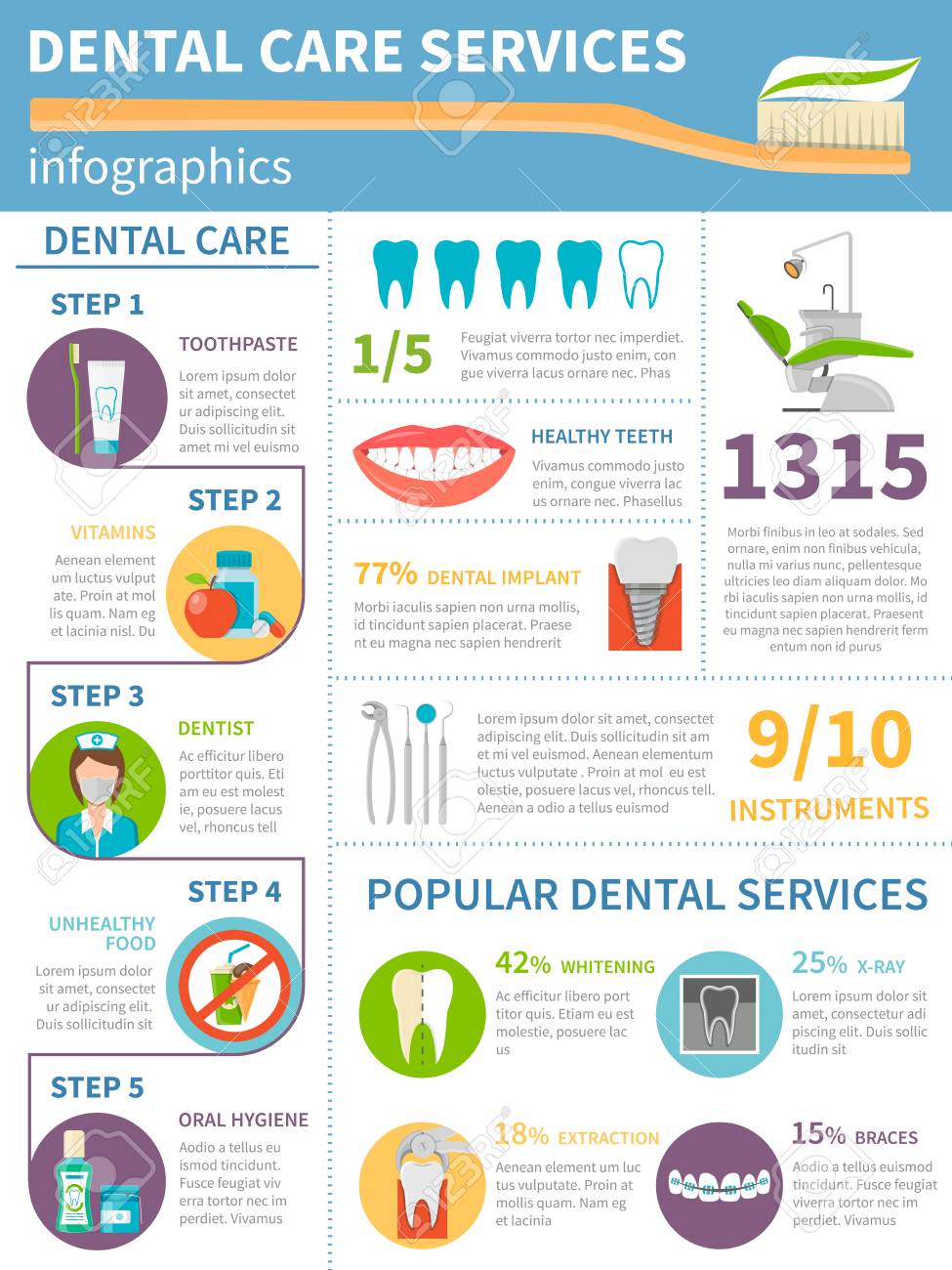Check Out The Cutting-Edge Innovations That Are Changing Dental Surgery. Discover What The Future Holds For This Area And Keep Yourself Notified. Click Now For An Exclusive Sight Of Upcoming Innovations
Check Out The Cutting-Edge Innovations That Are Changing Dental Surgery. Discover What The Future Holds For This Area And Keep Yourself Notified. Click Now For An Exclusive Sight Of Upcoming Innovations
Blog Article
Personnel Writer-Borg Jonasson
Invite to the world of oral surgery, where technologies and developments are forming the future of the area! In this interesting world, you'll witness the transformative power of robotics, the cutting-edge wonder of 3D printing, and the game-changing effect of minimally intrusive techniques.
The future of oral surgery holds a promise of precision, effectiveness, and improved patient end results. With the help of sophisticated robotics, doctors have the ability to perform complicated treatments with higher precision and control.
3D printing technology is transforming the creation of oral implants and prosthetics, offering personalized solutions that fit flawlessly right into each patient's unique composition.
Furthermore, minimally invasive techniques are decreasing post-operative discomfort and recuperation time, enabling people to return to their daily lives earlier.
Get ready to check out the interesting advancements and advancements that are improving the landscape of dental surgery!
Improvements in Robotics
One major development in dental surgery is using robotic innovation, which permits exact and reliable surgeries. With the help of robot systems, dental specialists have the ability to carry out intricate surgeries with boosted precision, decreasing the danger of human error.
These robot systems are equipped with sophisticated imaging innovation and accurate instruments that enable cosmetic surgeons to navigate through detailed physiological structures effortlessly. By using robot innovation, surgeons can achieve higher medical accuracy, causing improved person outcomes and faster recovery times.
On dental and braces of that, making use of robotics in dental surgery enables minimally invasive treatments, minimizing the injury to bordering cells and promoting faster healing.
3D Printing in Oral Surgery
To improve the field of dental surgery, you can explore the subtopic of 3D printing in dental surgery. This innovative modern technology has the prospective to change the method oral doctors operate and treat patients. Below are 4 crucial methods which 3D printing is shaping the field:
- ** Customized Surgical Guides **: 3D printing allows for the creation of very exact and patient-specific medical guides, boosting the precision and performance of treatments.
- ** https://www.dentaleconomics.com/science-tech/article/14206551/dental-implants-versus-fixed-prostheses **: With 3D printing, dental surgeons can produce customized dental implant prosthetics that completely fit a client's one-of-a-kind composition, causing much better outcomes and individual satisfaction.
- ** Bone Grafting **: 3D printing allows the manufacturing of patient-specific bone grafts, minimizing the need for traditional grafting strategies and enhancing healing and healing time.
- ** Education and learning and Educating **: 3D printing can be utilized to create realistic medical versions for instructional purposes, permitting dental specialists to exercise intricate treatments before doing them on patients.
With its potential to improve precision, modification, and training, 3D printing is an interesting development in the field of dental surgery.
Minimally Intrusive Techniques
To further progress the field of dental surgery, welcome the potential of minimally intrusive methods that can significantly profit both doctors and clients alike.
Minimally intrusive methods are transforming the area by reducing medical trauma, decreasing post-operative discomfort, and accelerating the recuperation process. These strategies entail making use of smaller sized lacerations and specialized instruments to execute procedures with accuracy and performance.
By using advanced imaging technology, such as cone beam calculated tomography (CBCT), surgeons can accurately plan and execute surgical procedures with marginal invasiveness.
Additionally, using lasers in dental surgery enables precise cells cutting and coagulation, resulting in lessened blood loss and lowered recovery time.
With minimally visit link , people can experience quicker healing, decreased scarring, and enhanced end results, making it a necessary facet of the future of dental surgery.
Final thought
So, as you can see, the future of dental surgery is incredibly appealing, with amazing technologies and advances shaping the area.
From the innovations in robotics to using 3D printing and minimally invasive methods, dental doctors are revolutionizing the means they provide treatment.
While some might fret about the prospective expense related to these innovations, it's important to remember that these innovations ultimately enhance individual end results and lower healing time, making them well worth the investment in the long run.
